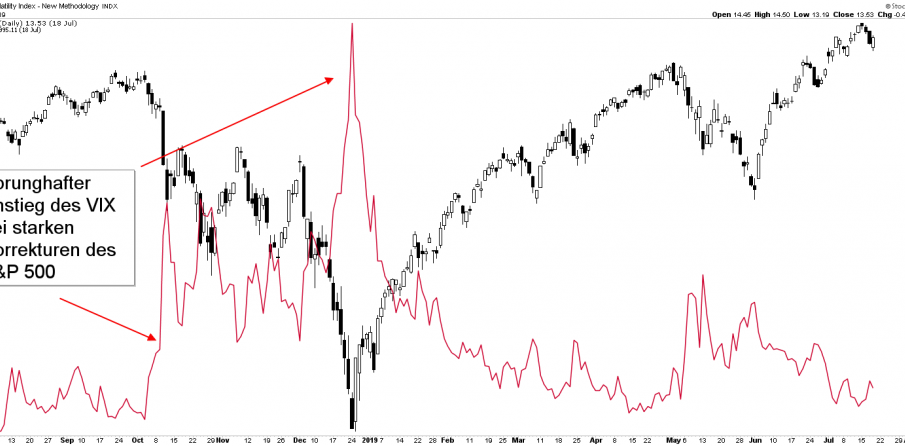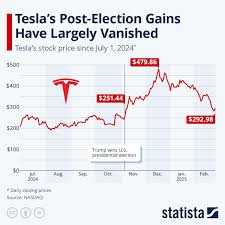Understanding the VIX: The Market’s Fear Gauge

Introduction
The VIX, or the Volatility Index, is widely regarded as a critical measure of market sentiment and volatility. Often referred to as the ‘fear index,’ it reflects investors’ expectations of future market fluctuations based on the S&P 500 index options. Understanding the VIX’s implications is paramount for investors, traders, and financial analysts as it can provide insights into market psychology and potential shifts in the economic landscape.
What is the VIX?
The VIX is calculated by the Chicago Board Options Exchange (CBOE) and is derived from the premiums of S&P 500 options that expire in the next 30 days. A high VIX value indicates higher expected volatility and is typically associated with bearish market sentiment, while a low VIX suggests a calm market environment with bullish expectations. For instance, during periods of economic uncertainty, the VIX often spiked, reflecting increased investor anxiety. Recent analyses have shown that the VIX has been fluctuating due to geopolitical tensions and macroeconomic pressures, including inflation concerns and monetary policy adjustments.
Recent Trends in the VIX
As of October 2023, the VIX has exhibited increased volatility in recent months. Following a summer lull, the index surged due to growing concerns regarding inflation figures, the Federal Reserve’s interest rate policy, and ongoing global events impacting financial markets. In September 2023, the VIX reached a yearly high of 27, indicating heightened market fear amidst fluctuating economic indicators and uncertainty in the stock market.
Why Investors Should Monitor the VIX
For investors, tracking the VIX can be invaluable. It not only serves as a barometer for market sentiment but also aids in making informed decisions regarding portfolio adjustments and risk management strategies. Traders often employ VIX options and futures to hedge against market downturns or capitalise on expected changes in volatility. Additionally, understanding the relationship between the VIX and asset classes can provide insights into potential investment opportunities.
Conclusion
The VIX remains an essential tool for gauging market sentiment and understanding the risks present in financial markets. As we approach the end of the year, investors must remain vigilant in monitoring the VIX, as it can illuminate potential market shifts ahead. The index’s fluctuations may signal significant opportunities or warnings for traders and investors alike, making its relevance in today’s economic climate undeniable.








